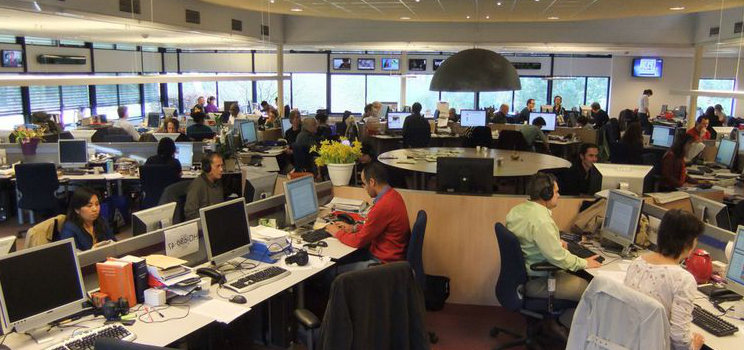
Ah, take a deep breath of those lovely aerosols!
I’ve always disliked open-plan offices, and viewed them as a conspiracy between property owners (who can pack more employees into a given space and have to do less reconfiguration for each new tenant) and over-micro-managing senior staff, who want to keep an eye on all the people working for them and ensure nobody is slacking. I’ve disliked them even when I’ve been one of those managers.
Under certain circumstances, yes, they can generate an exciting buzz of activity. We’ve all seen movies where the journalists or the detectives are dashing in and out and calling to each other about how they’ve just been summoned to Downing St, or to another murder, or whatever. But for anything requiring sustained contemplation or concentration they are, in my experience, dreadful.
This is especially true if the overall number of people is too small. We once made the mistake of taking on an open-plan space when one of my companies had about 12-15 employees, and it meant that everybody had to listen to everybody else’s phone calls, and the only way software developers could get work done was to wear headphones most of the day: more isolating, in many ways, than if they’d had their own office spaces.
But, since I’ve been fortunate enough to escape such working environments recently, it hasn’t occurred to me until now to wonder what contribution this open-plan trend has made to the spread of Covid!
At the University department where I’ve spent part of my time for the last few years, we typically have offices with two or three people in them, and so by carefully managing the number of people in a space at any one time, those who want to return to work have been able to do so much more easily and we could, if wanted, get a reasonable density of building-occupation without too much risk, and without everyone having to spend the whole day wearing masks.
But when I think back to a temporary role I had in London a couple of years ago, in a big shared space with about 120 other people, I wouldn’t want to go anywhere near that office now, even after my third jab.
Are any of my readers still doing the open-plan thing? How does it work in a Covid world?
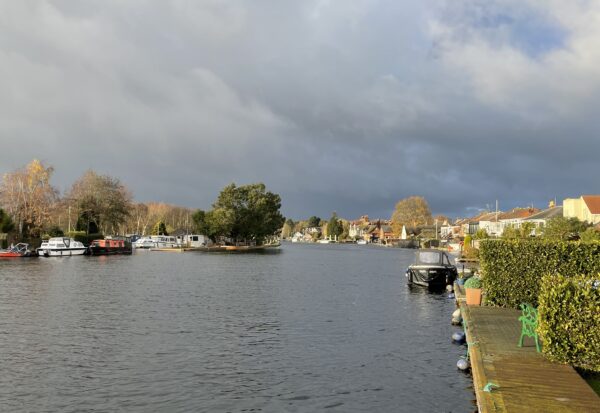


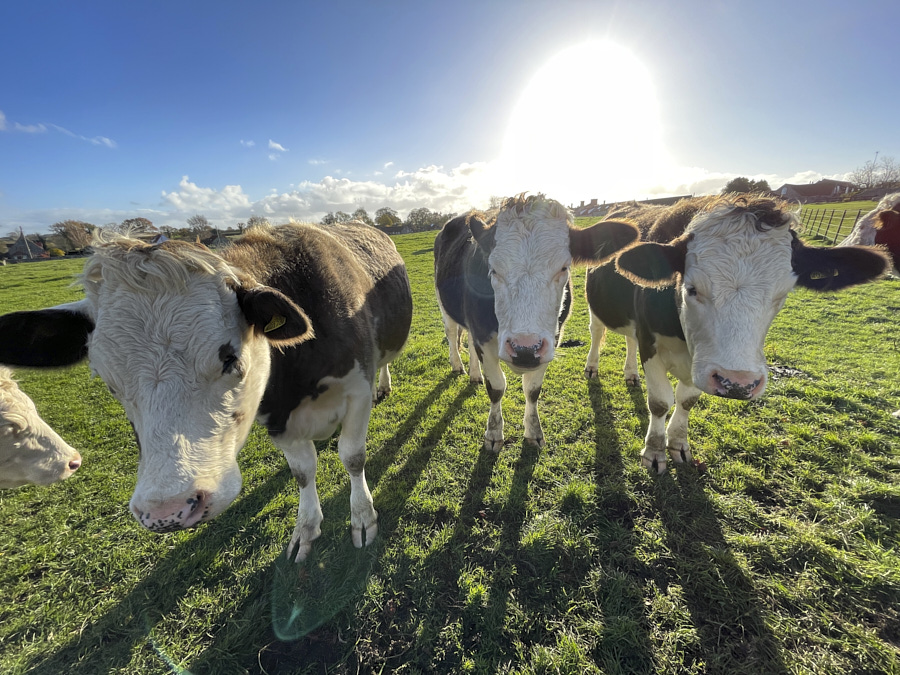
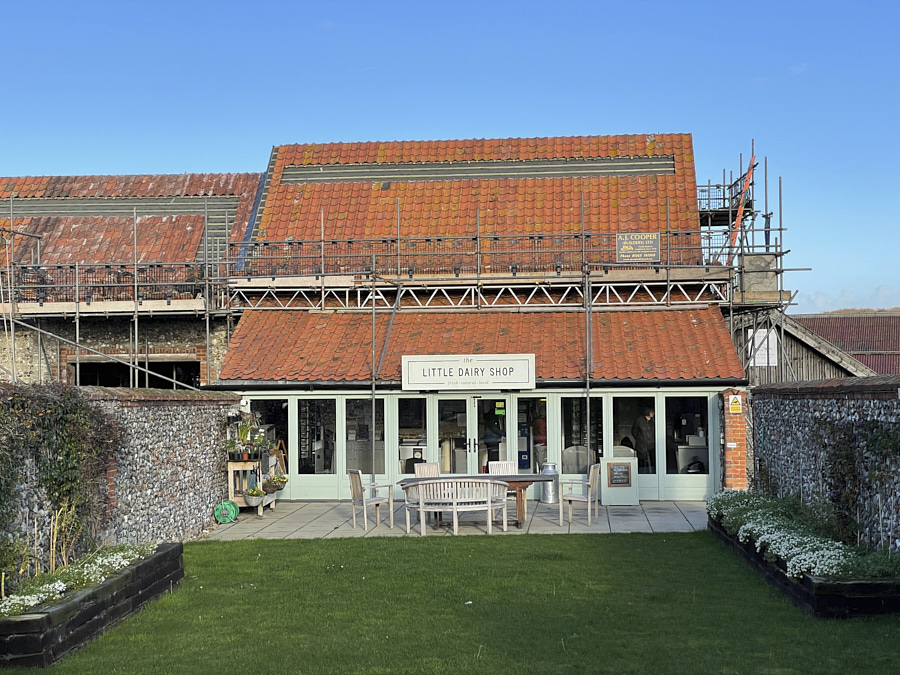
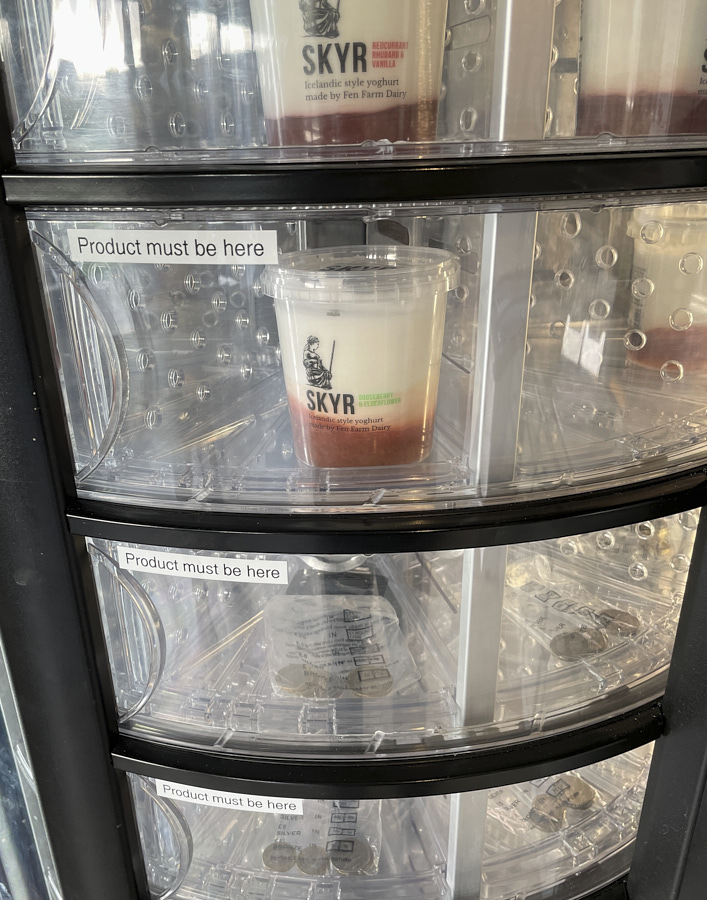
Recent Comments